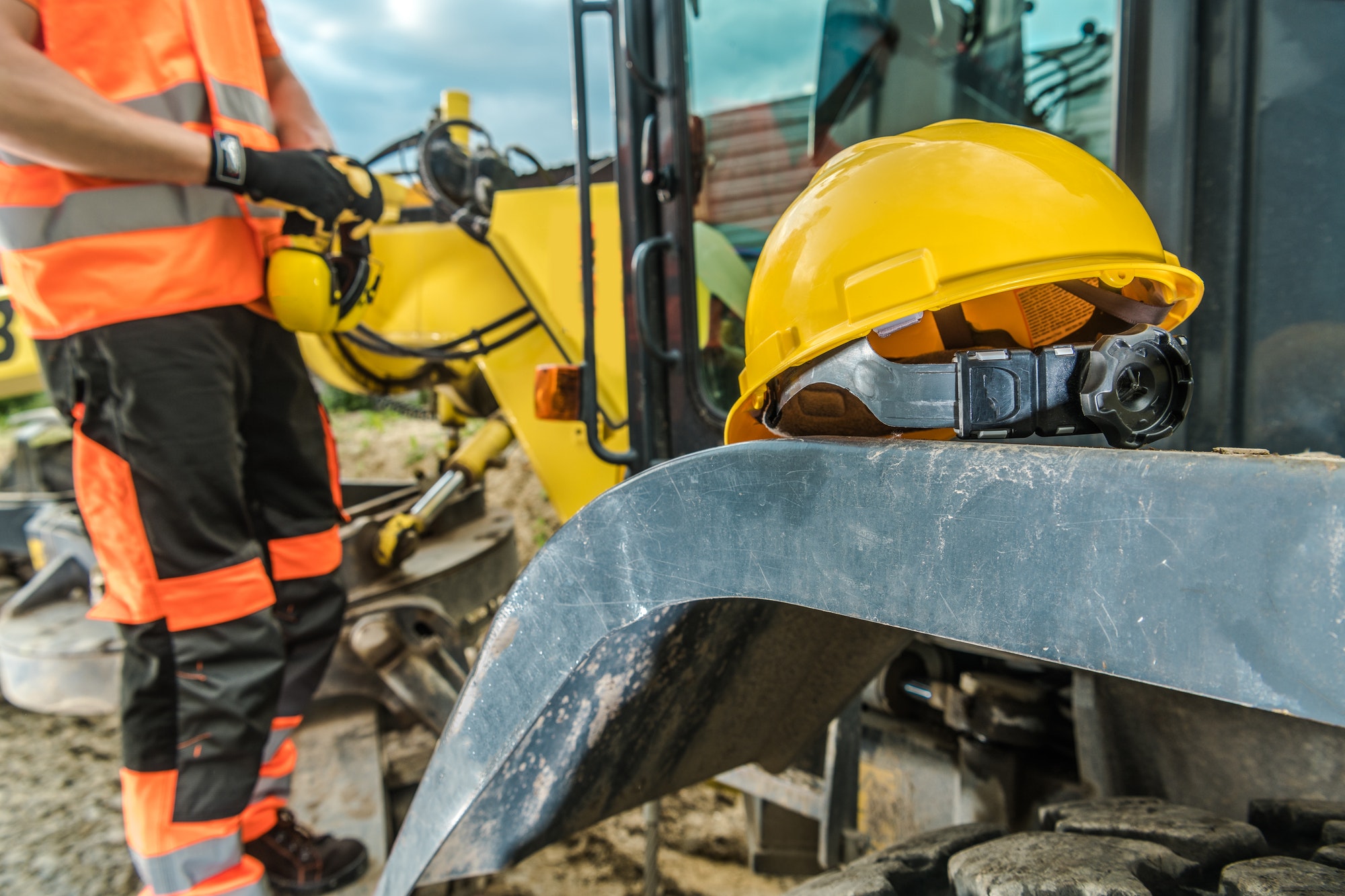Safety helmets, shoes, harnesses, eyewear, gloves, and high-visibility clothing are just a few examples of the wide variety of PPE available to keep workers safe in the face of various dangers.
Head protection
Wearing personal protective equipment (PPE) such as headgear can help keep you safe from falling or swaying objects. With proper headgear, your head is also protected from slamming into stationary objects should you slip or fall.
Protective gear for the head includes:
- Helmets
- Hard hats
- Bump Caps
- Guards
Hand and Arm protection
Wearing hand or arm protection is essential to prevent injuries to your arms, hands, and fingers. Protecting your hands from harmful bacteria and chemical contamination is vital. Exposure can be avoided using proper hand protection.
Examples of arm/hand safety equipment:
- The gloves and gauntlets for work
- Arm cuffs with wrist cuffs
Activities necessitating hand protection equipment:
- Outside construction work and maintenance
- Operating a vibrating machine
- Working at extreme temperatures
- Working with dangerous materials and chemicals
Eye and face protection
Every day, more than 600 people worldwide endure eye injuries. Wearing appropriate eye and face protective gear can help prevent these injuries.
Examples of these PPE include the following:
- Goggles and safety glasses
- Eye and face gear
- Eyewear accessories
- Face shields
- Visors
Respiratory protection
Respirators, full-face or half-mask masks, motorized respirators, protective hoods and masks, sensors, and monitoring equipment are all included in the category of respiratory protection, which consists of a wide range of personal protective equipment (PPE). Users must be adequately trained on how to operate the equipment at all times.
When working with high concentrations of gases, powders, dust, or vapors, personal protective equipment of this type is required.
Hearing protection
When working in a noisy setting, hearing protection is essential. In addition to being appropriate for the workplace, hearing protection must also be hygienic and comfortable for the wearer. Providing employees with a variety of protective gear to pick and choose from to determine what works best for them is a good practice.
Examples of hearing protective gear:
- Earplugs and ear shields
- Noise meters
- Communications sets
- Acoustic foam
Foot protection
A variety of risks, including severe temperatures, crushing, punctures, slipping, chemical exposure, and electric shock, are all addressed by foot and leg protective equipment. Construction, working in extreme weather or heat, handling chemicals and pesticides, and manually moving huge objects all necessitate this type of protection.
Examples of foot safety equipment:
- Safety boots and footwear
- Steel-toed boots
- Anti-static and grounding shoes
Body protection
In the following situations, body protection is typically required:
- When working outside in adverse weather conditions
- Working in or near water
- Maintaining a high level of user visibility when working in places with a mix of motorized and pedestrian traffic (such as bike lanes, roadways, parking lots, and bus stops)
- For the benefit of the user’s health and safety
The following are a few examples of safety gear for the body
- Life jackets
- Clothing for particular weather conditions
- High-visibility clothing
- Harnesses
Conclusion
An appropriate form of personal protective equipment (PPE) must be worn at all times by the user to safeguard their health and safety.

